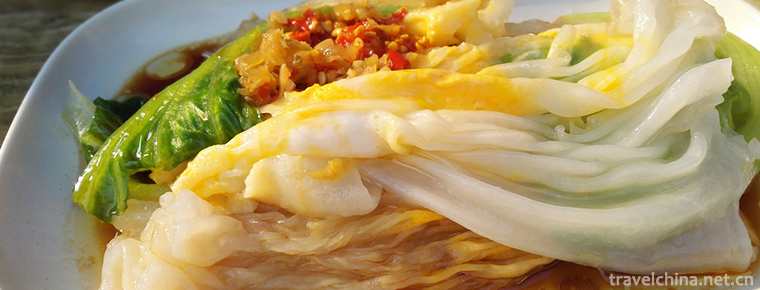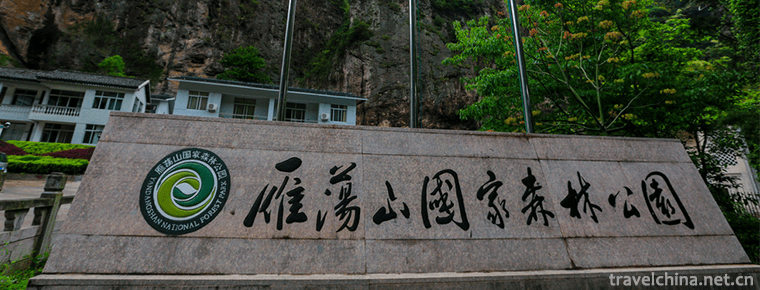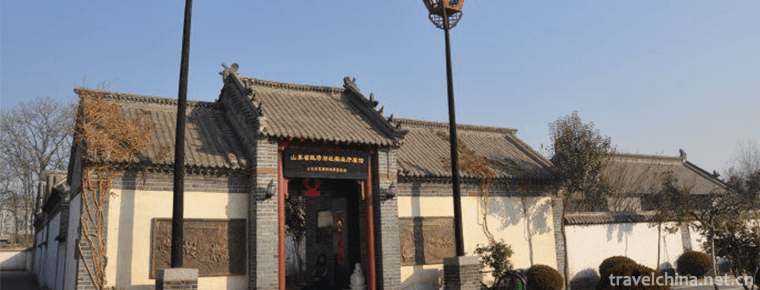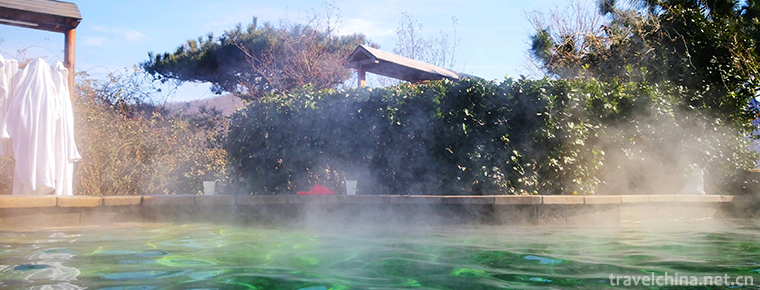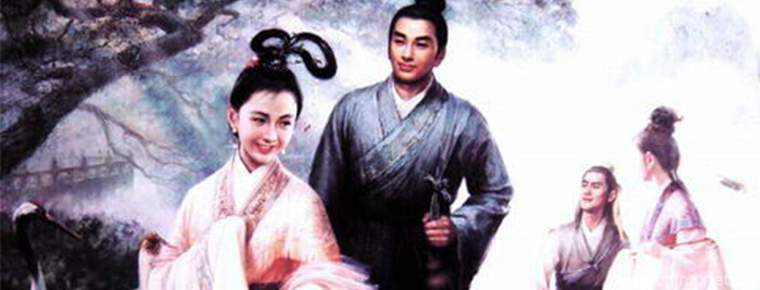regong art
regong art
Regong art is an important part of Tibetan Buddhist art in China and a school with wide influence. It originated in Longwu River Basin in Tongren County, Huangnan Tibetan Autonomous Prefecture, Qinghai Province, from the 15th century. For hundreds of years, there have been a large number of artists engaged in folk Buddhist painting and sculpture art, from a large number of artists, group skills are rare for other Tibetan areas, so it is known as the "home of Tibetan painters", and colleagues in the Tibetan language known as "Re Gong", so this art is collectively known as "Re Gong Art".
The industrious tribute artists have traveled all over Tibet, Qinghai, Sichuan, Gansu, Inner Mongolia and India, Nepal, Thailand and Mongolia for hundreds of years, leaving many fine works of art to these places. This unique ancient Tibetan culture and art, its work is accurate and vivid, exquisite fine brushwork, bright color, rich in decorative. Its simple style of painting, uniform and coordinated color design, and vivid expression fully reflect the industrious wisdom and splendid culture of the Tibetan people. Regong Art is a magnificent flower in the treasure house of Chinese culture, and it is also the product of the mutual reflection of Tibetan and Han cultures in different regions.
On May 20, 2006, Regong Art was approved by the State Council to be included in the first batch of national intangible cultural heritage list.
Historical Origin
From the end of the tenth century to the beginning of the thirteenth century, it was the "post-Hong period" of Tibetan Buddhism, the transformation period of Tibetan Buddhist art and the origin period of Regong art. During this period, the increasingly nationalized Tibetan Buddhism has gained widespread belief. Therefore, as its image preaching, Tibetan Buddhist art began to consciously change from foreign style to conform to the direction of national aesthetic habits.
The Tibetan Buddhist art remains in the transitional period are relatively abundant. In terms of painting, such as the murals of Zanpu and Prince's Genealogy in the past dynasties in the Kingdom of Aligoug, which are simple in shape, simple in color and stable in color, show a strong cultural color of the Tibetan Plateau. There are also Tangka with decorative flavor, such as Nadang Temple Lama and Gungga Jize Lama.
Regong art also originated in the central Tibetan area of snow culture, but mainly came from three sources: first, the three brothers of Zangrado, Nianzhi Hejiancuo, settled in Andorregong to disseminate Buddhist painting art after learning painting in Nepal; second, in the 4th and 5th centuries, the Sakya Chihanawa and his disciples disseminated Buddhist painting art in Regong area; third, the construction of Labrang Temple in Sakya in 1710. At that time, his Man-Tang painting was spread to Regong area, so the different origins make the artists of Regong art have their own characteristics.
Regong Art keeps going to the outside world. Artists painted everywhere in the early years. Their footprints spread all over Qinghai, Tibet, Gansu, Sichuan, Xinjiang and Mongolia, as well as India, Myanmar and Nepal. They were widely exposed to Tibetan sculpture and painting, Ganzi woodcut, Dunhuang murals and other arts of ethnic or friendly countries, and absorbed abundant nutrients. After summarizing and refining, they gradually came into contact with Tibetan sculpture and painting. It has formed a delicate and vivid artistic style with local characteristics of Regong, and has become an important school with unique characteristics in Tibetan Buddhist painting circles.
Regong art, which began in the 15th century or even more, is an important school of Tibetan Buddhist art in China. It mainly includes Thangka, embroidery, sculpture, architectural paintings, designs, butter flowers and other art forms. It is named after Regong (Tibetan "Golden Valley"), which originated in Longwu River, Tongren County, Huangnan Tibetan Autonomous Prefecture, Qinghai Province. In the villages inhabited by Tibetans and Tus such as Wutun, Niandouhu, Guo Mari and Gashari in Regong area, 89 out of 10 men in the villages have inherited the folk Buddhist sculpture art from religious monasteries for hundreds of years. It has the reputation of "the land of Tibetan painting" because of its numerous artists and excellent group skills. After the nineteenth century, it was the recent development of Regong art. The works of this period are bright in colour, delicate in brushwork, especially in pursuit of decorative interest, while a large amount of gold is used to make the picture show brilliant effect and warm atmosphere. Recent representatives include Zang Zang, Jianmucuo and Xia Wucai Lang (Zhang Daqian was hired with his teacher to copy murals in Dunhuang in the 1940s). Their compositions are dense and compact, their figures are rigorous but not rigid, their colors are bright and harmonious, and they are full of decoration. The pictures have a sense of unity, vividness and different artistic effects. Regong art, as a school of Tibetan Buddhist art, is different from other Tibetan art. It is also the most outstanding performance in this period. Once the works are taken out, it is known that it is a masterpiece in Regong area.
Regong art has gradually refined and developed into a unique national art in its hundreds of years of history. His works are accurate and vivid in shape, exquisite in craftsmanship and gorgeous in colour and decoration, giving full play to the sense of rhythm, movement and three-dimensional of lines, emphasizing the overall perfection. The simple style of painting, the uniform and coordinated color design, and the vivid description of the manner fully reflect the brilliant culture created by the Tibetan people, which is a rare art treasure in China's cultural heritage. Many works have been exhibited in Beijing, Shanghai, Tianjin, Hong Kong, Guangzhou, Shenzhen, Tibet, Gansu, Qinghai and other places, and obtained great success and high evaluation.
Tibetan Buddhist art has added new colours to the ancient Chinese cultural and artistic garden, and Regong art is a splendid flower in this hundred gardens. Through unparalleled art and centuries of long historical traces, artists reflect their understanding of life, which is the product of the interaction of light and shadow between different regions of Tibet and between the Tibetan and Han nationalities. Although it has gone through waves and ups and downs, it has a broad future. It will surely absorb the essence from the vast national and folk arts, and constantly innovate, so that the "Pearl" of "Gong Gong" will shine brilliantly.
protective measures
In June 2006, Regong Art was listed in the first batch of national intangible cultural heritage protection list, which laid a foundation for Regong Art to declare the world intangible cultural heritage.
From December 21 to 22, 2007, the group of experts on intangible cultural heritage protection of the Ministry of Culture arrived in Huangnan and conducted a field survey of the project of Regong Cultural and Ecological Reserve in Huangnan Prefecture. A certification meeting on the planning of Regong Cultural and Ecological Reserve was held in Xining.
On August 27, 2008, the licensing ceremony of the Regong Cultural and Ecological Protection Experimental Zone was held in Xining City, which set the Regong Culture on the track of integral protection of intangible cultural heritage.
In September 2008, Regong Art was listed in the primary list of declaring the "UN World Inmaterial Cultural Heritage Project for Human Beings". On September 30, the declaration documents and declaration cards were officially submitted to UNESCO.
At the beginning of 2009, seven amendments were made to the Chinese and English version of the List of Representatives of Regong Art Declaration for Human Intangible Cultural Heritage, and experts from Beijing and Qinghai Province were invited to give guidance.
On September 30, 2009, the fourth meeting of the UNESCO Intergovernmental Committee for the Protection of Intangible Cultural Heritage was considered in Abu Dhabi, and Regong Art was approved to be included in the List of Representative Works of Human Intangible Cultural Heritage.

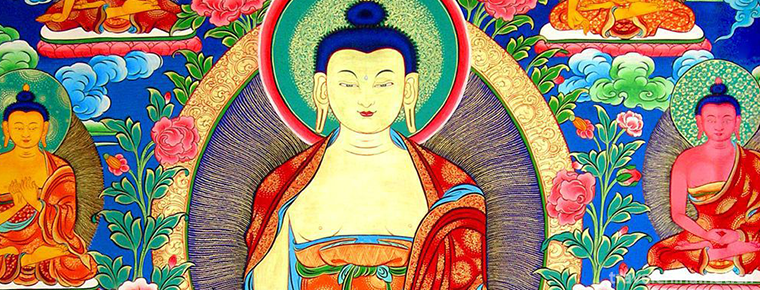
-
steamed vermicelli roll
Intestinal powder originated in Luoding, Guangdong Province, has been spread throughout the country. According to geography (taste), it can be distinguished from the well-known .
Views: 397 Time 2018-11-02 -
Yesanpo Scenic Area Laishui County Baoding
The Yesanpo Scenic Area of Laishui County, Baoding City, Hebei Province, is located in Laishui County, Baoding City. The Taihang Mountains and Yanshan Mountains.
Views: 189 Time 2018-11-24 -
Yandang Mountain Scenic Spot
Yandang Mountain, the first batch of national key scenic spots, has the titles of "Sanitary Mountain, Safe Mountain, Civilized Mountain", National Civilized Scenic Spot, National AAAAA Touri.
Views: 190 Time 2018-12-07 -
Suzhou suburb mudu town
Mudu Ancient Town, nicknamed Duchuan, Xujiang and Xiangxi, is located in the southeast of Jiangsu Province and the west of Suzhou Ancient City. Located in the Taihu Lake Basin.
Views: 135 Time 2019-02-07 -
The Old Site of Command of 115 Division of Shandong Province Government and Eighth Route Army
The former site of Shandong provincial government and 115 division headquarters of the Eighth Route Army is the headquarters of 115 division of the Eighth Route Army, Shandong Branch of the Communist .
Views: 123 Time 2019-02-08 -
Taishan Hot Spring City
Taishan Hot Spring City Cultural Tourism Scenic Spot is invested and constructed by Shandong Taishan Hot Spring Tourism Development Co., Ltd. with a total investment of 2.6 billion yuan.
Views: 136 Time 2019-02-13 -
Mixed congee
Babao, also known as Laba porridge, Buddha porridge, is a traditional Chinese Festival food. It is a kind of porridge boiled with various ingredients on Laba Festival. .
Views: 137 Time 2019-03-27 -
Legend of Liu Ruan
The legend of Liu Ruan, also known as the story of Liu Ruan's encounter with immortals, is spread in Shangxian (now Xinchang, Shengzhou) and Tiantai. It is a mythological love story that takes Liu Rua.
Views: 388 Time 2019-05-13 -
Ring Dance of Yi Nationality
Ling Dance of the Yi Nationality, to be known as foot-jumping, is called "Qi He Zhe" in the Yi language, which means the spiritual farewell dance. It is a traditional folk dance performed an.
Views: 125 Time 2019-07-12 -
The origin of Chinese embroidery
Embroidery originated very early. The article on the embroidery of Fu Yu can be seen in Shangshu. In the time of Yu Shun, embroidery was already in use. In the Eastern Zhou Dynasty, there was an official in charge of it, and in the Han Dynasty, there was Royal embroidery.
Views: 102 Time 2020-12-12 -
Neijiang climate
Neijiang City belongs to subtropical humid monsoon climate. Affected by the basin and the natural environment, it has the characteristics of mild climate, abundant rainfall, sufficient light and heat, and long frost free period. It is warm in winter and hot in summer,.
Views: 294 Time 2020-12-16

